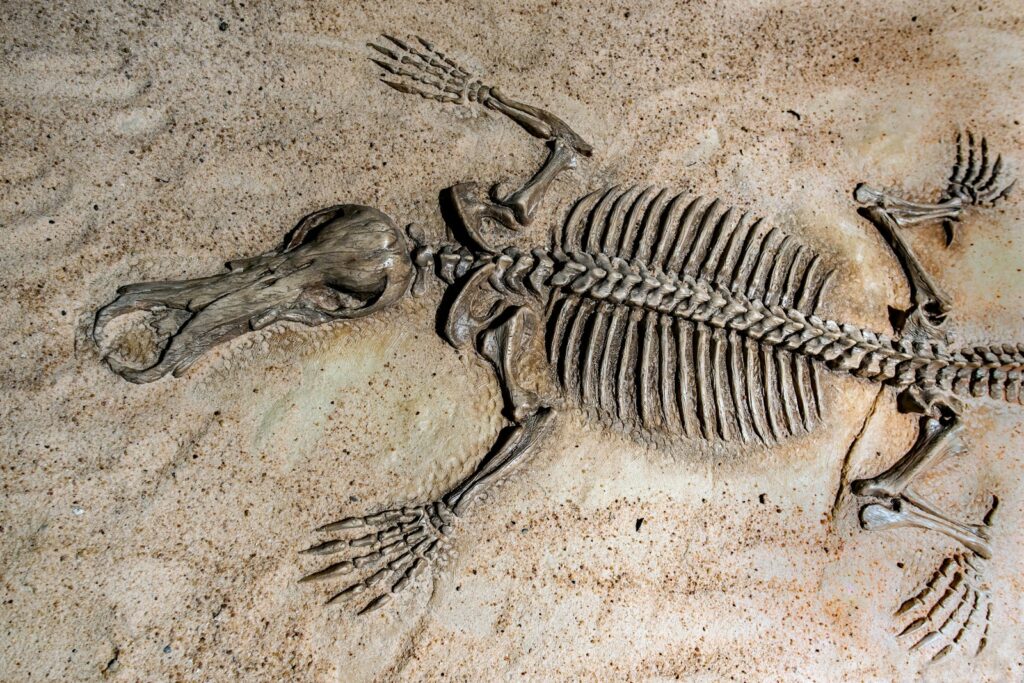Paleontology, the study of prehistoric life through fossils, captures the imagination of both scientists and the public. Among the most celebrated fossils are dinosaur remains, which offer glimpses into Earth’s distant past. However, behind the museum displays and exciting announcements of new dinosaur species lies a complex world of academic publishing that determines whose discoveries reach the scientific community and the public. This gatekeeping process influences not just which fossils get documented in scientific literature but also whose voices and perspectives shape our understanding of prehistoric life. From prestigious journals with rigorous peer review to issues of accessibility across different countries and institutions, the question of who gets to publish dinosaur discoveries reflects broader patterns of power, privilege, and exclusion within science.
The Traditional Academic Publishing Model in Paleontology

The publication of dinosaur discoveries has historically followed a rigid academic structure centered around peer-reviewed journals. Scientists who unearth new specimens must document their findings, analyze the fossils, compare them with existing species, and prepare detailed manuscripts for submission to scientific journals. This process typically involves multiple rounds of peer review, where other experts in the field evaluate the research for accuracy, significance, and methodological soundness. High-impact journals like Nature, Science, and more specialized publications such as the Journal of Vertebrate Paleontology serve as the primary venues for announcing new dinosaur species. Publication in these prestigious outlets confers legitimacy on the discoveries and contributes significantly to the researchers’ academic reputation and career advancement. The traditional model has maintained quality control in the field but has also created bottlenecks that can delay the dissemination of important findings for months or even years.
Institutional Disparities and Resource Inequalities

One of the most significant barriers to publishing dinosaur discoveries stems from institutional disparities that create uneven playing fields for paleontologists worldwide. Researchers affiliated with well-funded Western universities often have advantages that their counterparts in developing nations lack. These privileges include access to sophisticated laboratory equipment for fossil analysis, extensive comparative collections, subscription-based scientific literature, and funds for field expeditions and publication fees. Without adequate institutional support, paleontologists may struggle to conduct the comprehensive analyses necessary for high-profile publications, regardless of the significance of their discoveries. The fossil record itself is global, with important dinosaur remains found across all continents, yet the resources to study and publish these findings remain concentrated in relatively few countries. This disparity creates a troubling disconnect between where dinosaurs are discovered and where the scientific knowledge about them is produced and controlled.
The “Parachute Science” Problem in Dinosaur Research

The paleontology community has increasingly recognized a problematic pattern known as “parachute science,” where researchers from wealthy nations descend upon fossil-rich areas in developing countries, extract specimens, and publish findings with minimal involvement of local scientists. This practice has deep colonial roots and continues to shape who receives credit for dinosaur discoveries today. When foreign teams publish about fossils from places like Argentina, Mongolia, or Morocco without meaningful collaboration with local experts, they perpetuate systemic inequities in scientific recognition. The resulting publications often list primarily Western authors, with local contributors relegated to minor acknowledgments or excluded entirely. This extraction-based approach not only undermines the development of paleontological expertise in fossil-rich regions but also narrows the interpretive lens through which dinosaur biology and evolution are understood. In recent years, some journals have begun requiring statements about equitable collaboration when publishing on specimens from other countries, but changing entrenched practices requires deeper structural reforms.
Language Barriers in Paleontological Publishing

English dominance in scientific publishing creates significant hurdles for non-English speaking paleontologists seeking to publish their dinosaur discoveries. Though important dinosaur fossils are found worldwide, from China’s feathered theropods to Argentina’s titanosaurs, the lingua franca of paleontological publishing remains firmly English. Researchers must either possess advanced English writing skills or secure translation services, which adds another layer of expense and complexity to the publication process. Even when non-native English speakers submit manuscripts, they often face harsher criticism during peer review for language issues that may be conflated with scientific merit. This linguistic gatekeeping has real consequences for whose discoveries reach international audiences. Historical paleontological literature includes significant work published in German, French, Russian, Chinese, and Spanish, but modern citation patterns heavily favor English-language publications, further marginalizing non-English research. Some journals now offer translation services or accept initial submissions in multiple languages, but these initiatives remain limited.
The High Costs of Publishing and Accessing Research

Financial barriers present formidable obstacles in the pathway from dinosaur discovery to publication. Many prestigious journals charge substantial article processing charges (APCs) that can range from hundreds to thousands of dollars per publication. These fees create obvious disadvantages for researchers working with limited funding, particularly those from less affluent institutions or countries. Even when scientists manage to publish their findings, the research often ends up behind paywalls that restrict access to those with institutional subscriptions or the ability to pay for individual articles. This pay-to-publish and pay-to-read model creates a troubling cycle where economically disadvantaged researchers cannot access the very literature they need to contextualize their discoveries. While open-access publishing models attempt to address the accessibility issue, they typically shift costs entirely to authors through higher APCs, which can be prohibitive without institutional support. The financial structure of academic publishing thus contributes significantly to determining which dinosaur discoveries become widely known and incorporated into scientific understanding.
Peer Review Politics and Insider Networks

The peer review process, while essential for scientific quality control, can sometimes function as a site of gatekeeping influenced by social dynamics rather than purely scientific considerations. Paleontology, particularly dinosaur research, comprises relatively small, interconnected communities where researchers frequently know one another personally. These relationships can introduce biases into the review process, potentially favoring manuscripts from recognized names or prestigious institutions while subjecting outsiders to heightened scrutiny. Early-career researchers and those from underrepresented groups or regions often report facing more demanding reviews and higher rejection rates than established figures in the field. When reviewers or editors have competing theories or personal conflicts with authors, scientific disagreements can sometimes influence publication decisions. These dynamics become particularly consequential for controversial findings that challenge established interpretations or methodologies. While anonymous peer review theoretically mitigates some of these concerns, the specialized nature of dinosaur research often makes reviewer identities easy to guess, preserving the influence of social hierarchies on publishing outcomes.
The Race to Publish and Priority Disputes
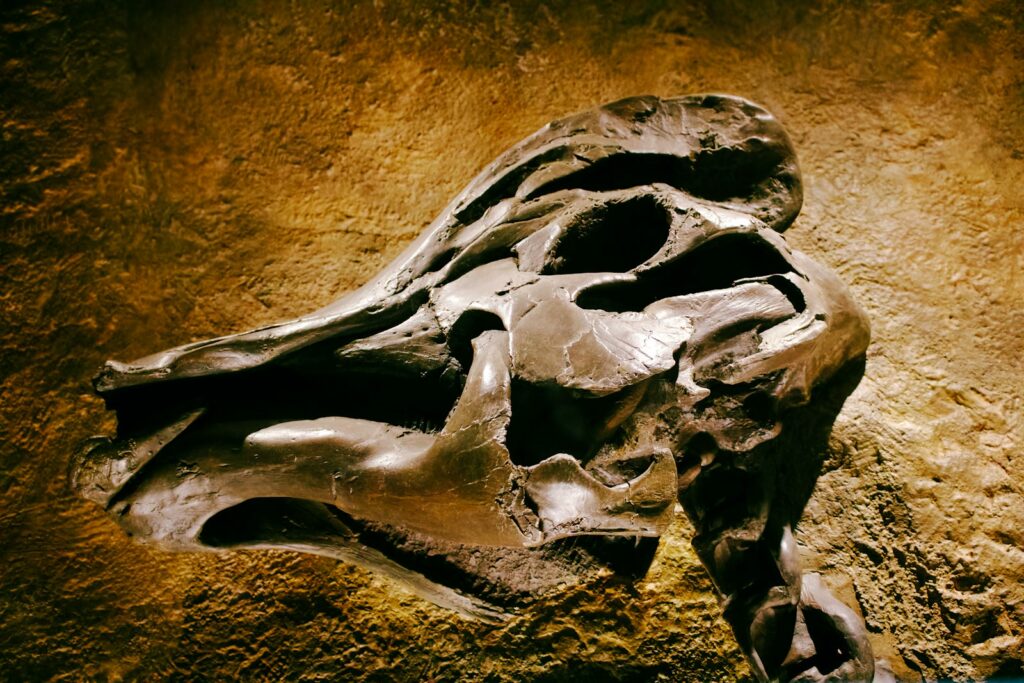
The competitive drive to be first in announcing new dinosaur species creates pressures that influence publication patterns and scientific behavior. Since scientific priority—being the first to describe a new species—confers significant professional prestige and career benefits, paleontologists often race to publish their discoveries before competitors. This urgency can lead to strategic decisions about where to submit manuscripts, sometimes prioritizing speed over reaching the most appropriate scientific audience. High-profile journals with rapid publication timelines may be favored over more specialized outlets with longer review processes. The priority race has occasionally sparked ethical controversies, particularly when specimens from the same taxon are being studied by multiple research teams simultaneously. Disputes over naming rights and publication priority have led to duplicate names for the same dinosaur species and public conflicts that undermine collaborative scientific norms. These priority races disproportionately advantage researchers with extensive resources and established publication networks who can move their manuscripts through the system more efficiently.
Amateur Discoveries and Citizen Science Contributions

Non-professional fossil hunters and amateur paleontologists have made numerous significant dinosaur discoveries throughout history, yet they often face substantial barriers when attempting to publish their findings in scientific literature. Without academic affiliations, these citizen scientists typically lack the institutional support, technical resources, and publishing experience needed to navigate the formal publication process. When amateurs discover important specimens, their contributions frequently require partnership with professional paleontologists to reach publication, which can sometimes result in diminished recognition for the original discoverer. This dynamic creates a gatekeeping effect where academic credentials, rather than the quality of the discovery itself, determine who receives primary scientific credit. Some amateur paleontologists have responded by publishing in non-peer-reviewed venues or creating alternative publication channels, though these often carry less scientific weight. Progressive paleontology journals have begun developing more inclusive models that create pathways for amateur contributors while maintaining scientific rigor, recognizing that important discoveries occur regardless of the finder’s professional status.
Digital Publishing and Democratization Efforts

The digital revolution has begun reshaping publication pathways for dinosaur discoveries, potentially democratizing access to scientific communication. Online-only journals with lower overhead costs have introduced more affordable publishing options, while preprint servers allow researchers to share findings before formal peer review, accelerating the dissemination of discoveries. These digital platforms can partially circumvent traditional gatekeeping mechanisms, giving voice to researchers who might otherwise struggle to publish through conventional channels. Open-access paleontology journals like PalArch’s Journal of Vertebrate Paleontology and PeerJ offer alternatives to the subscription model, though financial barriers often remain in the form of author fees. Social media platforms and research-sharing sites enable paleontologists to build audiences and share findings directly, creating parallel channels of scientific communication alongside formal publications. Digital technologies also facilitate international collaboration, allowing researchers from different regions to work together more easily despite geographic separation. While traditional journals still dominate for major discoveries, these digital alternatives are gradually expanding who gets to participate in scientific conversations about dinosaurs.
Fossil Repatriation and Publication Ethics

Ethical concerns about fossil provenance increasingly affect publication decisions in paleontology, creating new dimensions of gatekeeping. Many journals now require detailed information about specimen acquisition and legal export permits before considering manuscripts about dinosaur discoveries. This ethical gatekeeping aims to discourage research on potentially smuggled or illegally collected fossils, a significant concern given the lucrative black market for dinosaur specimens. The policies create complications for researchers working with historical collections that lack complete provenance documentation or specimens from countries with changing legal frameworks regarding fossil exports. Publication ethics also intersect with growing movements for fossil repatriation, where countries of origin seek the return of significant specimens held in foreign museums. Some journals now face difficult decisions about publishing research on specimens that originate from colonial-era collecting practices or contestable acquisitions. These ethical considerations add layers of complexity to publication pathways but reflect important efforts to address historical injustices in how dinosaur fossils have been collected and studied.
Gender and Diversity Gaps in Paleontological Publishing
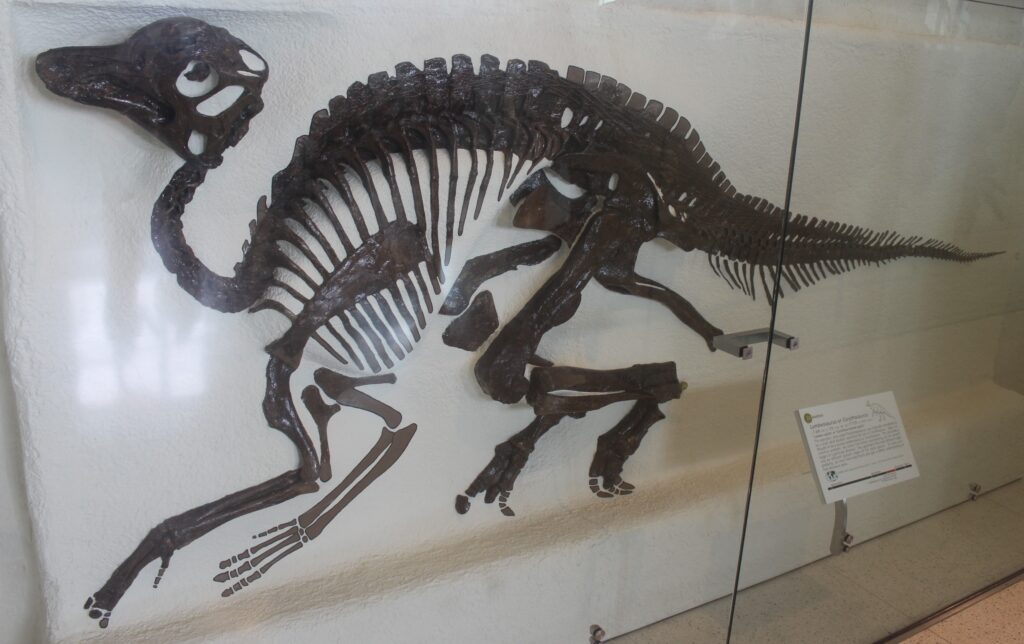
The paleontological literature reveals persistent publication disparities that reflect broader issues of gender and racial inequality within the field. Despite increasing numbers of women entering paleontology, studies show they remain underrepresented as lead authors and senior researchers on publications about dinosaur discoveries. These disparities become more pronounced in high-impact journals and for particularly significant discoveries that receive media attention. Similar patterns affect researchers from underrepresented racial and ethnic groups, who face additional barriers in publication pathways. The causes are multifaceted, including biases in peer review, differential access to mentorship networks, and structural inequalities in research funding and institutional support. Publication metrics significantly influence career advancement in paleontology, so these disparities have cascading effects on who secures permanent positions, research grants, and ultimately, the opportunity to continue studying dinosaurs professionally. Some journals have implemented anonymous review processes and diverse editorial boards to address these issues, but progress toward equitable representation has been gradual and uneven across the field.
Commercial Influences and Media Attention
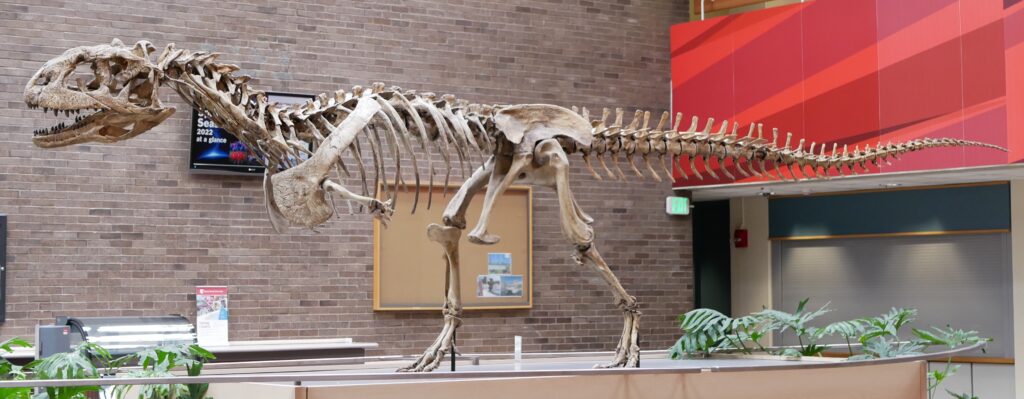
The commercial value of dinosaur discoveries creates unusual publishing dynamics not seen in many other scientific fields. High-profile dinosaur finds can generate substantial media attention, museum revenue, and even commercial merchandising opportunities, creating additional pressures around publication timing and access. Major museums and institutions sometimes coordinate the publication of significant discoveries with exhibit openings or documentary releases, influencing where and when research appears. This commercialization can create disparities in which discoveries receive attention, as institutions with sophisticated public relations departments can generate more visibility for their researchers’ work regardless of relative scientific importance. The desire for media coverage sometimes leads to publishing strategies that prioritize sensational aspects of discoveries, potentially at the expense of more technically significant but less dramatic findings. These commercial considerations introduce gatekeeping factors that extend beyond purely scientific merit, where institutional marketing capacities and media relationships become influential in determining which dinosaur discoveries capture public imagination and scientific attention.
The Future of Inclusive Dinosaur Science

Progressive forces within paleontology are working to dismantle traditional gatekeeping mechanisms and create more inclusive pathways for publishing dinosaur discoveries. Several initiatives show particular promise, including mentorship programs that pair experienced researchers with early-career paleontologists from underrepresented groups or regions to navigate the publication process. Some journals have introduced fee waivers specifically designed for researchers from low-income countries, while others are experimenting with collaborative review models that provide constructive feedback rather than simple rejection for promising but imperfectly prepared manuscripts. Digital platforms continue expanding access to paleontological knowledge, with projects dedicated to translating key literature into multiple languages and making technical publications more accessible. Forward-thinking research institutions are developing explicit policies around equitable authorship and collaboration with scientists from countries where fossils originate. These efforts represent recognition that paleontology benefits from diverse perspectives and that the field’s future depends on creating more equitable systems for sharing dinosaur discoveries with both scientific communities and the public.
Challenging Power and Pursuing Equity in Dinosaur Discovery Publishing
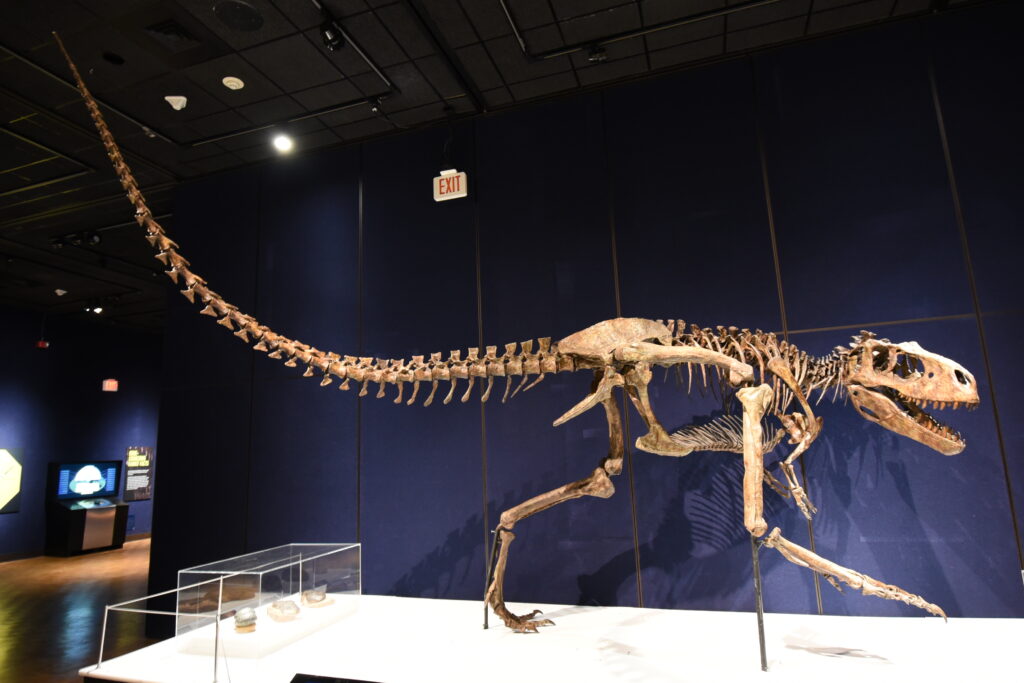
The question of who gets to publish dinosaur discoveries reveals much about power structures within science and society. While traditional gatekeeping mechanisms have maintained scientific standards, they have also perpetuated inequities that limit whose voices contribute to our understanding of prehistoric life. As paleontology confronts these challenges, the field has an opportunity to evolve more inclusive practices that balance scientific rigor with broader participation. The fossils themselves—preserved across continents without regard for modern geopolitical boundaries—remind us that dinosaurs belong to humanity’s shared natural heritage. Creating more equitable pathways for publishing discoveries honors this universal legacy while enriching science through diverse perspectives. The future of paleontological publishing appears to be moving, albeit gradually, toward systems where the significance of discoveries, rather than the privileges of their discoverers, determines what becomes part of our collective knowledge about Earth’s fascinating prehistoric giants.

